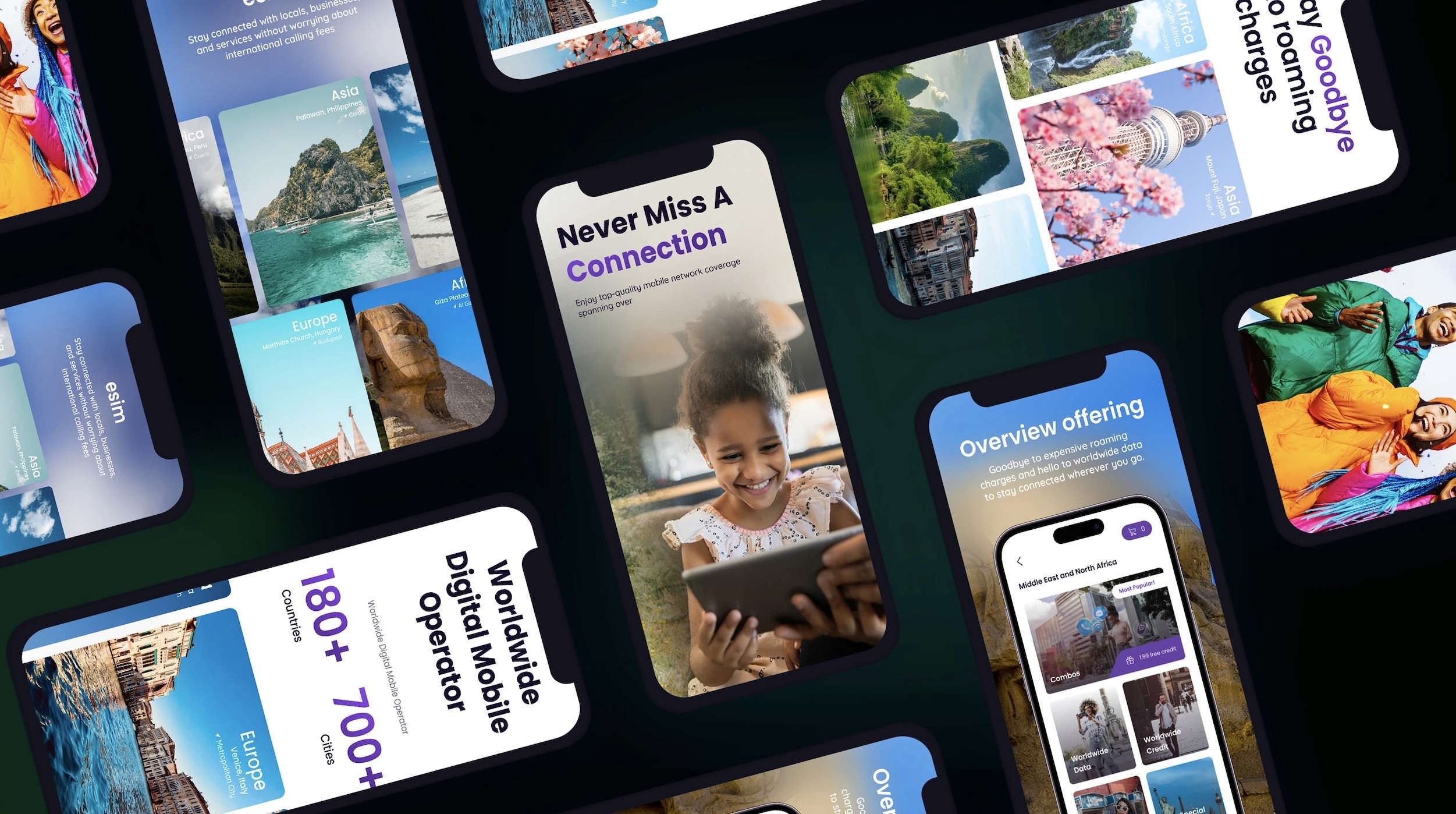Key Elements of Branding in Web Development
Logo Design
The logo is often the first point of contact between a brand and its audience. It should be memorable, visually appealing, and reflective of the brand's identity. In web development, the logo should be prominently displayed on the website, ensuring it is easily recognizable. Additionally, the logo's design should be adaptable for various digital formats, maintaining its integrity across different devices.
Color Schemes
Colors evoke emotions and can significantly influence user behavior. A well-thought-out color scheme can enhance brand recognition and create a specific mood or atmosphere. For example, blue often conveys trust and professionalism, while red can evoke excitement and urgency. When developing a website, the chosen color palette should align with the brand's identity and be consistently applied throughout the site.
Typography
Typography plays a vital role in conveying a brand's personality. The choice of fonts can impact readability and user experience. For instance, a tech company might opt for sleek, modern fonts, while a luxury brand may choose elegant, serif fonts. In web development, it's essential to maintain consistency in typography across all pages to reinforce the brand's identity.
Imagery and Graphics
Images and graphics are powerful tools for storytelling and brand representation. High-quality visuals can enhance user engagement and convey the brand's message effectively. In web development, it is crucial to select images that resonate with the target audience and align with the brand's values. Additionally, optimizing images for fast loading times is essential for maintaining a positive user experience.
Calls to Action (CTAs)
CTAs are critical elements in guiding users toward desired actions, such as making a purchase or signing up for a newsletter. The design and placement of CTAs should align with the brand's overall messaging and aesthetic. Effective CTAs should stand out but still feel like a natural extension of the website's design.
The Importance of Consistency
Consistency is key in both branding and web development. A cohesive brand identity across all platforms ensures that users have a unified experience, whether they are interacting with the brand on social media, visiting the website, or receiving marketing materials. This consistency builds trust and credibility, which are essential for fostering customer loyalty.
1. Brand Recognition
When users encounter consistent branding, they are more likely to remember the brand. This recognition can lead to increased customer retention and word-of-mouth referrals. In web development, maintaining consistent design elements, messaging, and tone throughout the website is crucial for reinforcing brand recognition.
2. Trust and Credibility
A professional-looking website that aligns with the brand's identity fosters trust among users. If a website appears disjointed or inconsistent, users may question the brand's credibility. Effective branding and web development work together to create a trustworthy online presence that encourages users to engage with the brand.
3. Enhanced User Experience
A consistent user experience across all touchpoints ensures that users feel comfortable and valued. This can lead to increased engagement, longer time spent on the site, and higher conversion rates. By aligning branding with web development, businesses can create a seamless experience that meets user expectations.
The Impact of Branding on SEO
Branding also plays a role in search engine optimization (SEO). A strong brand identity can improve organic search visibility, as search engines favor websites that provide valuable content and a positive user experience. Here are some ways branding impacts SEO:
1. Brand Authority
As a brand establishes itself as an authority in its industry, it is more likely to attract backlinks from reputable sources. These backlinks can improve search engine rankings and increase website traffic. Consistent branding helps build authority and trust, which are essential for effective SEO.
2. User Engagement Metrics
Search engines consider user engagement metrics, such as bounce rate and time on site, when determining rankings. A well-branded website that provides a positive user experience can lead to lower bounce rates and higher engagement, ultimately improving SEO performance.
3. Brand Searches
As a brand becomes more recognizable, users are more likely to search for it directly. Increased brand searches signal to search engines that the brand is relevant and trustworthy, which can positively impact rankings.




